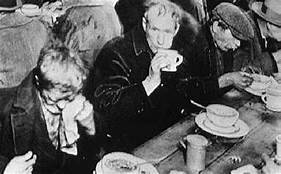
Franz Ferdinand was the nephew of the Emperor of the Austro-Hungarian Empire; Franz Joseph and the heir to the throne.
In June 1914, the Archduke and his wife were in Bosnia (at the time a province of Austria-Hungary) to review military manoeuvres. During a drive through Sarajevo his open topped car was attacked by an assassin armed with a pistol. Both the Archduke and his wife were killed. The assassin was apprehended, tried and convicted. The neighbouring country of Serbia was found to be behind the attack and one month later Austria-Hungary declared war on Serbia.
An interlocking web of treaties and defence agreements quickly drew most of Europe into the conflict.
.
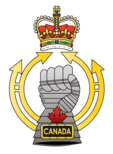
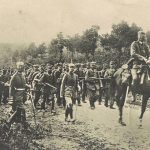
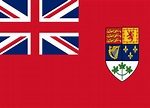
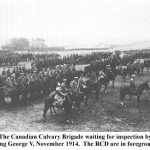
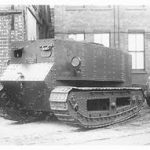
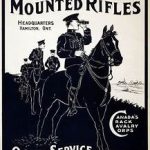
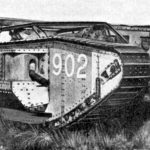
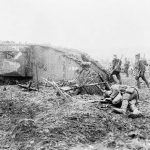
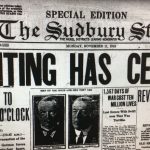

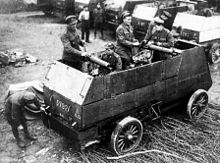 The Armoured Autocar was developed by Major Raymond Brutinel, a self-made millionaire in Canada. At the beginning of the First World War, Brutinel convinced the Minister of Militia that he could raise a mobile machine gun unit with private funds. Travelling to the USA, he acquired Colt machine guns, Autocar Company truck chassis, and 9.5mm thick Bethlehem Steel armour plate.
The Armoured Autocar was developed by Major Raymond Brutinel, a self-made millionaire in Canada. At the beginning of the First World War, Brutinel convinced the Minister of Militia that he could raise a mobile machine gun unit with private funds. Travelling to the USA, he acquired Colt machine guns, Autocar Company truck chassis, and 9.5mm thick Bethlehem Steel armour plate.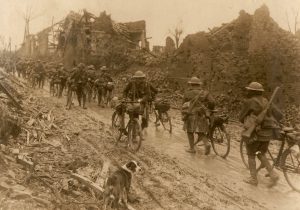 The Canadian Expeditionary Force formed the Canadian Divisional Cyclists (later the 1st Canadian Divisional Cyclist Company) in 1914. By 1916, there were three companies of Divisional Cyclists.
The Canadian Expeditionary Force formed the Canadian Divisional Cyclists (later the 1st Canadian Divisional Cyclist Company) in 1914. By 1916, there were three companies of Divisional Cyclists.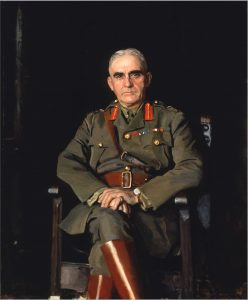 Sam Hughes (1853-1921) served as Canada's Minister of Militia and Defence from 1911 until his dismissal.
Sam Hughes (1853-1921) served as Canada's Minister of Militia and Defence from 1911 until his dismissal.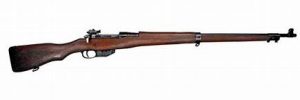
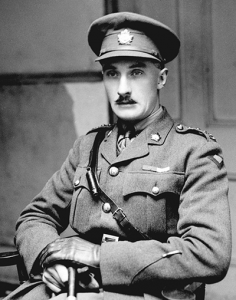 Harcus Strachan was born in Borrowstounness, Scotland, on 7 November 1887. He immigrated to Canada in 1908 and enlisted in the Fort Garry Horse in 1915. He was commissioned the following year. In May 1917 Strachan was awarded the Military Cross after a raid near St. Quentin. Six months later, he earned the Victoria Cross in Masnières, France, 20 November 1917 in a similar action.
Harcus Strachan was born in Borrowstounness, Scotland, on 7 November 1887. He immigrated to Canada in 1908 and enlisted in the Fort Garry Horse in 1915. He was commissioned the following year. In May 1917 Strachan was awarded the Military Cross after a raid near St. Quentin. Six months later, he earned the Victoria Cross in Masnières, France, 20 November 1917 in a similar action.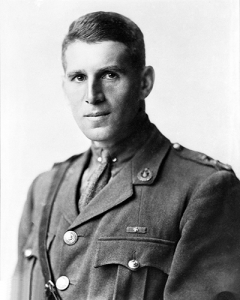 Frederick Maurice Watson Harvey was born on 1 September 1888 in Athboy, Ireland. He came to Canada in 1908 and eventually settled in Medicine Hat, Alberta. During the First World War he served initially in the Canadian Expeditionary Force with the 13th Canadian Mounted Rifles, transferring in November 1916 to Lord Strathcona’s Horse (Royal Canadians).
Frederick Maurice Watson Harvey was born on 1 September 1888 in Athboy, Ireland. He came to Canada in 1908 and eventually settled in Medicine Hat, Alberta. During the First World War he served initially in the Canadian Expeditionary Force with the 13th Canadian Mounted Rifles, transferring in November 1916 to Lord Strathcona’s Horse (Royal Canadians).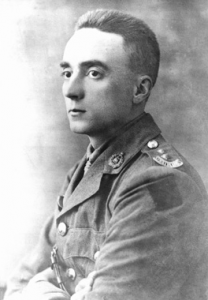 Gordon Muriel Flowerdew was born in Billingford, England on 2 January 1885. As a young man, he came to Saskatchewan in 1903, and later moved to British Columbia. During the First World War he was commissioned as an officer in Lord Strathcona’s Horse (Royal Canadians).
Gordon Muriel Flowerdew was born in Billingford, England on 2 January 1885. As a young man, he came to Saskatchewan in 1903, and later moved to British Columbia. During the First World War he was commissioned as an officer in Lord Strathcona’s Horse (Royal Canadians).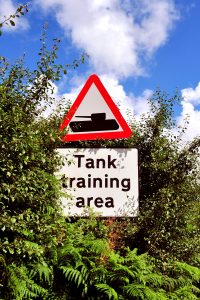 Bovington Camp is a British military base in Dorset, England. It is combined with a second camp at Lulworth.
Bovington Camp is a British military base in Dorset, England. It is combined with a second camp at Lulworth.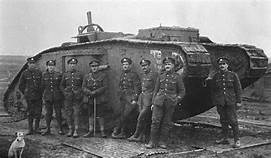 Tank Mk Vs saw action at the Battle of Hamel on July 4th, 1918 and the Battle of Amiens beginning 8th August, 1918.
Tank Mk Vs saw action at the Battle of Hamel on July 4th, 1918 and the Battle of Amiens beginning 8th August, 1918.